While Omega’s contribution to the Apollo 11 Moon landing is well documented and justifiably celebrated, there was another timing instrument behind the scenes that many don’t know about. Recently, our editorial colleague at WatchTime Middle East, Nitin Nair, discovered the history behind the Heuer stopwatch used by a flight controller at Nasa’s Mission Control in Houston during the historic space flight.
In the incredibly tense moments leading to Eagle (as Apollo 11’s Lunar Landing Module was known) touching down on the Moon’s surface, flight controller Bob Carlton had the unenviable task of tracking the landing craft’s fuel levels which were running dangerously low. The lunar module’s fuel tanks had a low-level sensor and once this sensor tripped, there was a limited amount of time left before the tanks emptied. Carlton’s stopwatch was a Heuer Ref. 332.401 with a split-second complication.
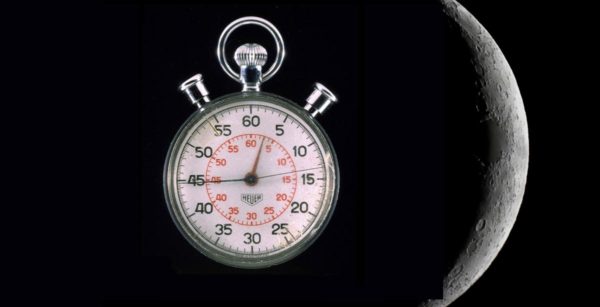
It didn’t help that Neil Armstrong and Buzz Aldrin had to find an alternative site to land because the designated spot was not flat enough — as it was filled with boulders the size of cars — for a successful landing. The crew’s life and the success of the mission came down to how the fuel levels of the landing craft were managed, and Carlton was in the thick of it.
“I had a stopwatch that I started when the low level tripped,” Carlton states in a recorded interview with Johnson Space Center’s Oral History Museum which can be heard on the BBC podcast 13 Minutes to the Moon. “So I clicked my stopwatch and started it. As the hand went around, I’d put a little piece of Scotch tape. Very scientific thing here. A little piece of Scotch tape and a mark on it that said when you hit this one, there’s sixty seconds left. When it comes on down to this one, there’s thirty seconds left. When it comes down to the point we need to abort, we don’t want to be empty at that time. There’s some uncertainty in this measurement process we’re doing, so we need to put a margin in there to be sure that we don’t run into that uncertainty. So we put a little extra in there to count for that. When we see that he’s out and he’s got to make an abort decision, we want him to hear the “abort” word to punch the button right now. Well, there’s a time delay of almost two seconds from us sending [the message] up to the spacecraft. The engine’s burning during that two seconds. So we had to put in a margin for that.”
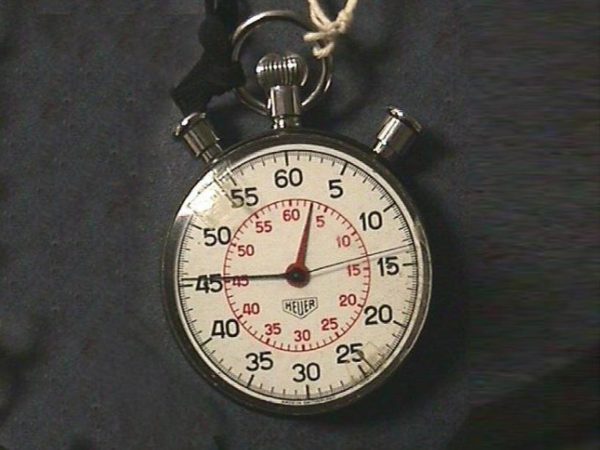
Carlton says he wasn’t hopeful for a successful landing when he first clicked on the stopwatch. They had a long way to go and the fuel level were perilously low. Carlton was about to call “15 seconds” when the contact light came on in the Eagle’s cockpit. This light would come on when one of the probes outside the landing craft made contact with the lunar surface. This was the signal for the crew to shut off the engine and they would free fall the remaining three feet.
Carlton’s stopwatch had stopped at round about 18 seconds — so the crew had 18 seconds of fuel left — when they made history was made on July 20, 1969. However, Carlton’s efforts to preserve this this moment for posterity is a tale of much amusement. Carlton initially wanted to encase the stopwatch in plastic, so he wrapped it up in a handkerchief and took it home and left it in a box.
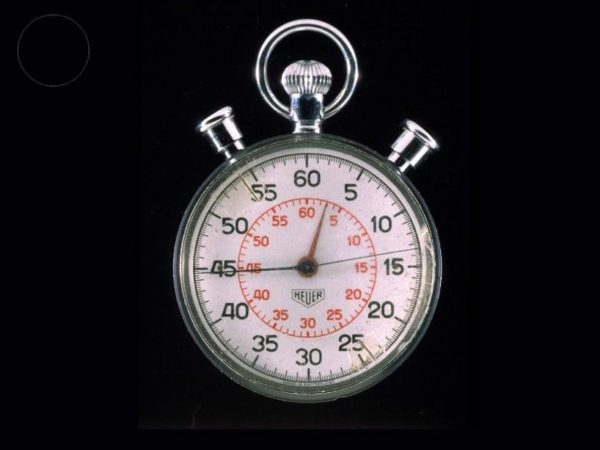
“Sometime later, I got it out and looking at it I thought ‘I remember that needle was sitting on 18 seconds, now it’s on 22. Man, I’m losing my mind.’ Well, a few days later, I got it out and looked at it again, and it had changed position again. I thought, ‘Ah-oh, something’s wrong here.’ So I jumped my daughters, and one of my daughters was a twirler, and she had been coming in and taking that watch and using it to time her, so it lost its position,” he says while laughing in the recordings, which took place in April 2001.
The pocketwatch is now exhibited at the Smithsonian Air and Space Museum in Washington. “I ran it back to where it was supposed to be, and left it with the needle on the right thing. They probably think it’s stopped just like the mission left it, but it ain’t. I repositioned the stopwatch.”

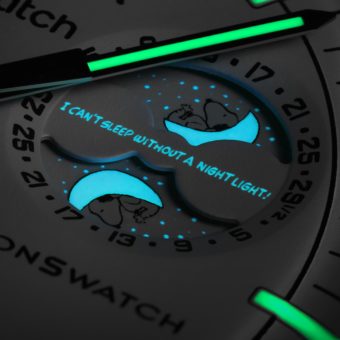
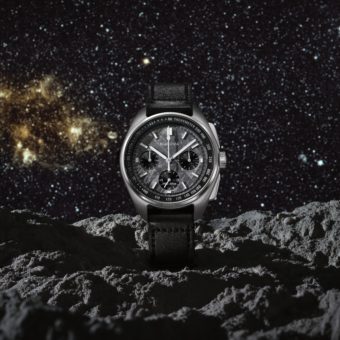
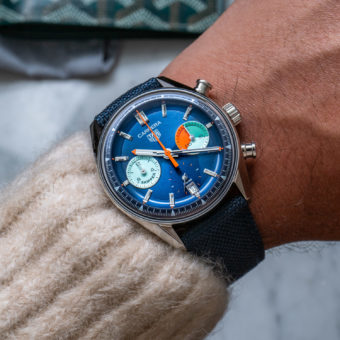
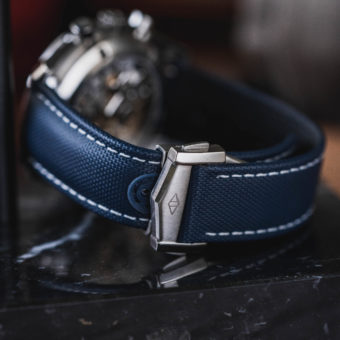
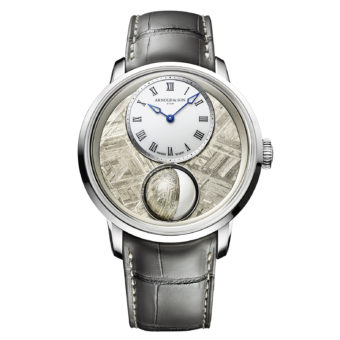
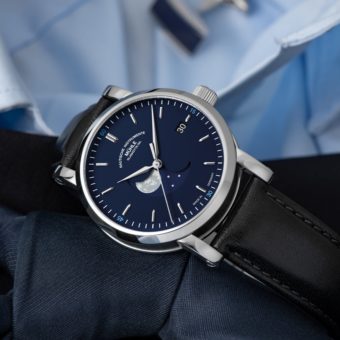
This is a nice piece of a tale around this moon landing. I just read another book about this and this story matches perfectly.